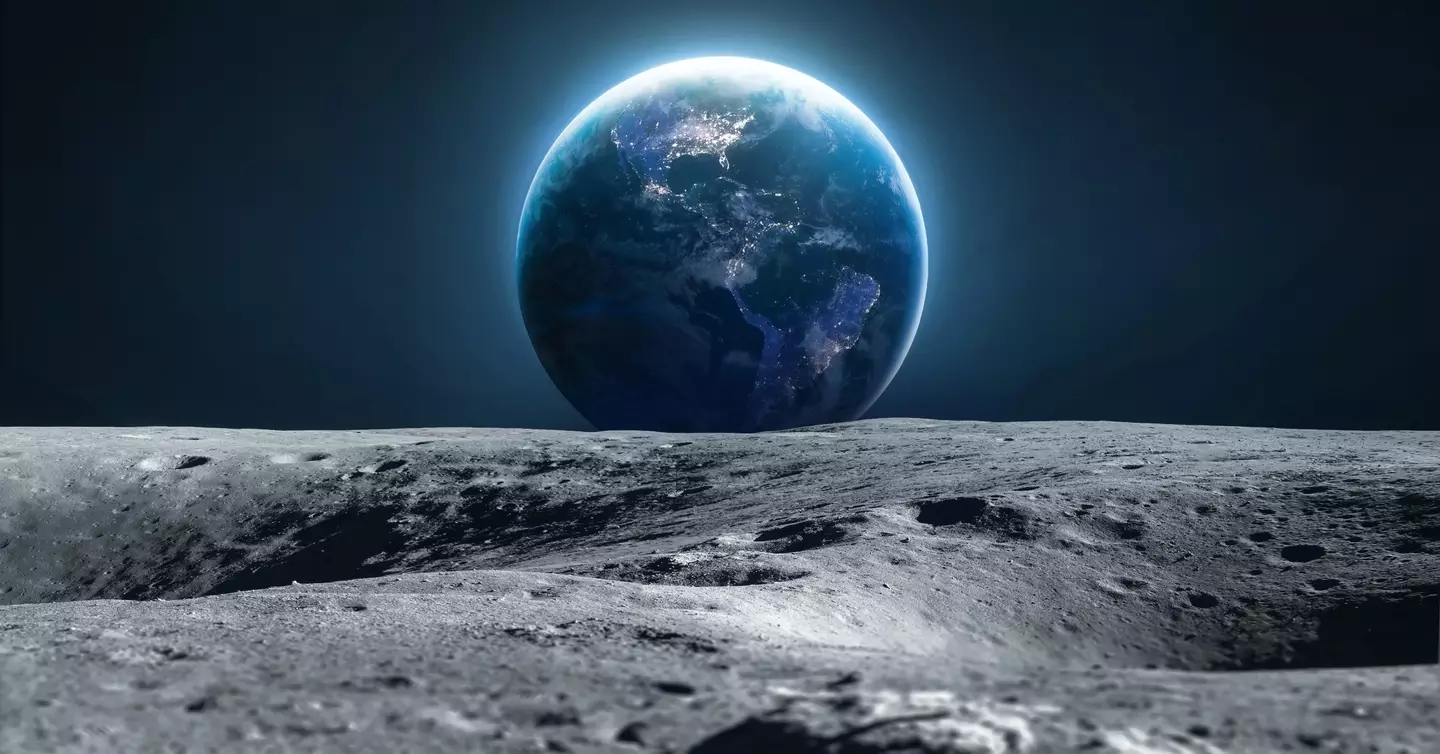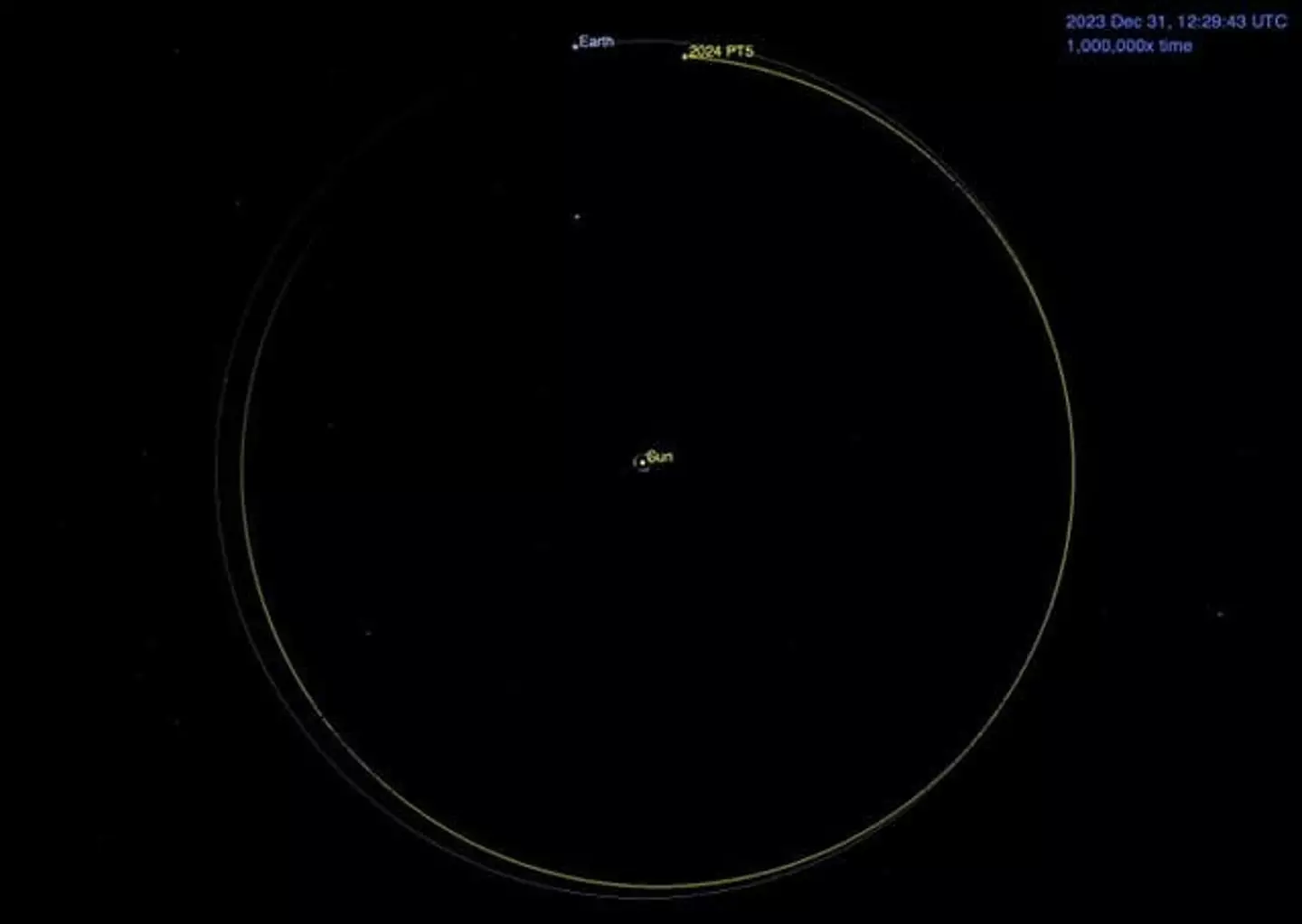Earth has said a temporary goodbye to its 'second moon' - but it's not forever, with the cosmic object set to return in the relatively near future.
First spotted by NASA, the second moon or 'mini moon' was noticed in August this year, with the belief being that it was a broken off piece of the actual Moon that orbits the Earth.
Just 10 metres wide and as long as a bus, and technically an asteroid, the object - dubbed 2024 PT5 - is thought to be a piece of moon broken off from the main body in an asteroid collision.
“Given the similarity between asteroid 2024 PT5’s motion and that of our planet’s, scientists at NASA's Center for Near Earth Object Studies suspect that the object could be a large chunk of rock ejected from the Moon’s surface after an asteroid impact long ago," Josh Handal, program analyst for NASA, explained.
The 'second moon' began orbiting Earth on 29 September, roughly 3,200,000 kilometres from the Earth.
Humanity's Asteroid Terrestrial-Impact Last Alert System, known nicely as ATLAS, spotted the object as per its job which is to detect objects in space that could endanger life on Earth.
With no risk posed to Earth as a result of the mini moon, attention turned to its origins - and when it might return now that its finally on its way away from the planet.

The mini moon is thought to be a fragment of the actual Moon, smashed off during an asteroid collision a long time ago (Getty Stock Images)
NASA believes it has come from the Arjuna asteroid belt, created as a result of an asteroid collision with the Moon 'long ago'.
"According to the latest data available from NASA’s Jet Propulsion Laboratory Horizons System, the temporary capture will start at 15.54EDT on 29 September and end at 11.43EDT on 25 November,” Carlos de la Fuente Marcos, a mini-moon expert from the Universidad Complutense de Madrid, told Space.com.
Yes, as of yesterday, the second moon is on its way into the solar system.
But it will return. In more than 30 years time, though, in 2055. It might feel like a long time away but it's an incredibly short period in universe terms.
Chances of it permanently orbiting Earth are slim given how fast it is moving.
It simply can't be stopped in its tracks to stay within the planet's gravitational pull.

The mini moon while orbiting the Sun (NASA)
Those who wanted to catch a glimpse of it or will try again in 31 years aren't going to have much luck with standard equipment, with more advanced kit needed.
Marcos explained "The object is too small and dim for typical amateur telescopes and binoculars.
"However, the object is well within the brightness range of typical telescopes used by professional astronomers.
"A telescope with a diameter of at least 30 inches plus a CCD or CMOS detector is needed to observe this object; a 30-inch telescope and a human eye behind it will not be enough."




















 English (US) ·
English (US) ·